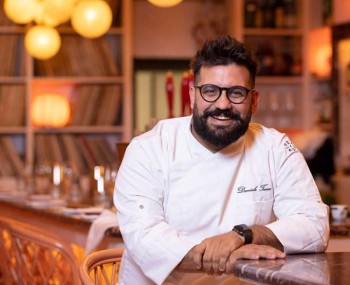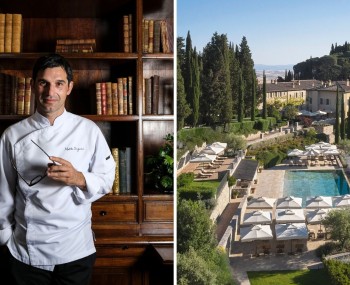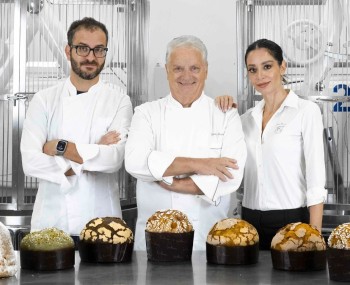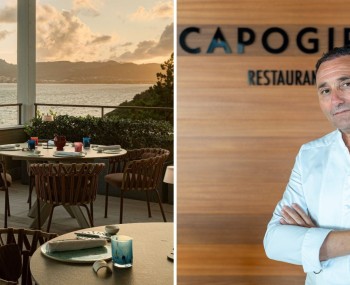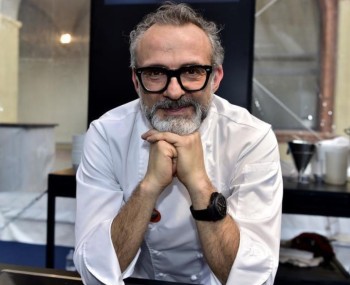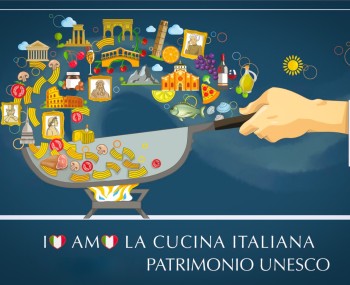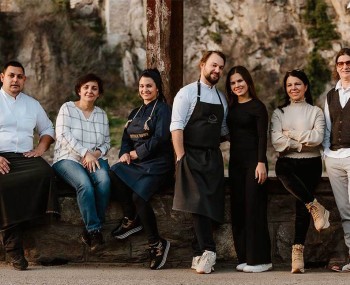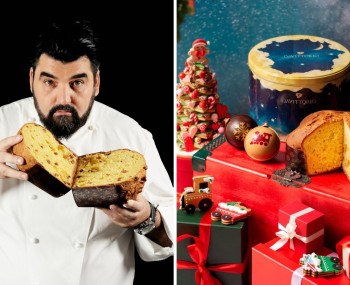Remember when menus used to be collected? Antonio Stella traces their history in the Post, noting how each was a fragment of taste memory, a record of a culinary era. Then the journey through the history of menus evolved into a digital one: among the archives of the New York Public Library, it is possible to observe the evolution of the language of dining. And several considerations emerged.
The reflection: the evolution of restaurant menus
The menu, Stella notes, is by definition a restaurant's calling card, its statement of purpose. It has spanned eras and fashions, changing form and substance: from elegant old-fashioned typography to graphic excess, from encyclopedic illustrations to handwritten minimalists. The Oyster Bar at New York's Grand Central is a striking example: a sheet the size of the Corriere della Sera, written double-sided, updated daily with an impressive list of oysters and seafood specialties, flanked by an endless selection of beers and wines. A temple of taste that, despite the exuberance of its menu, remains an essential stop for seafood lovers.
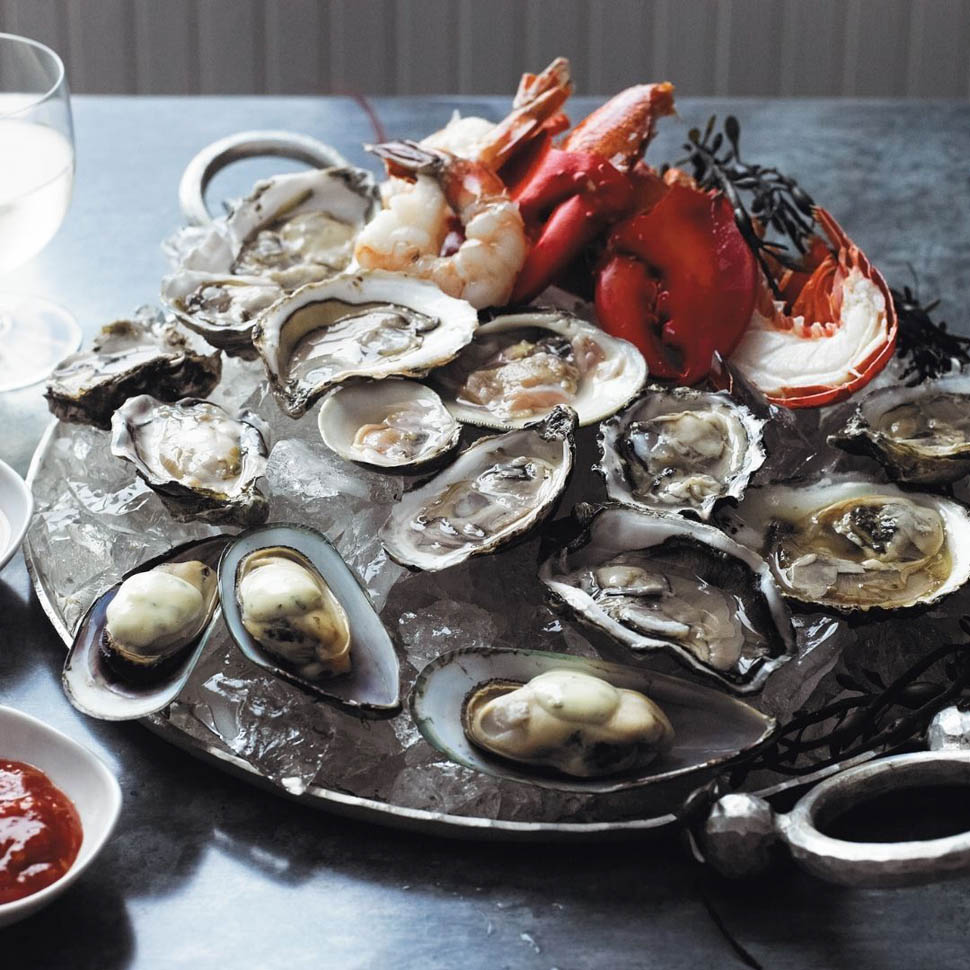
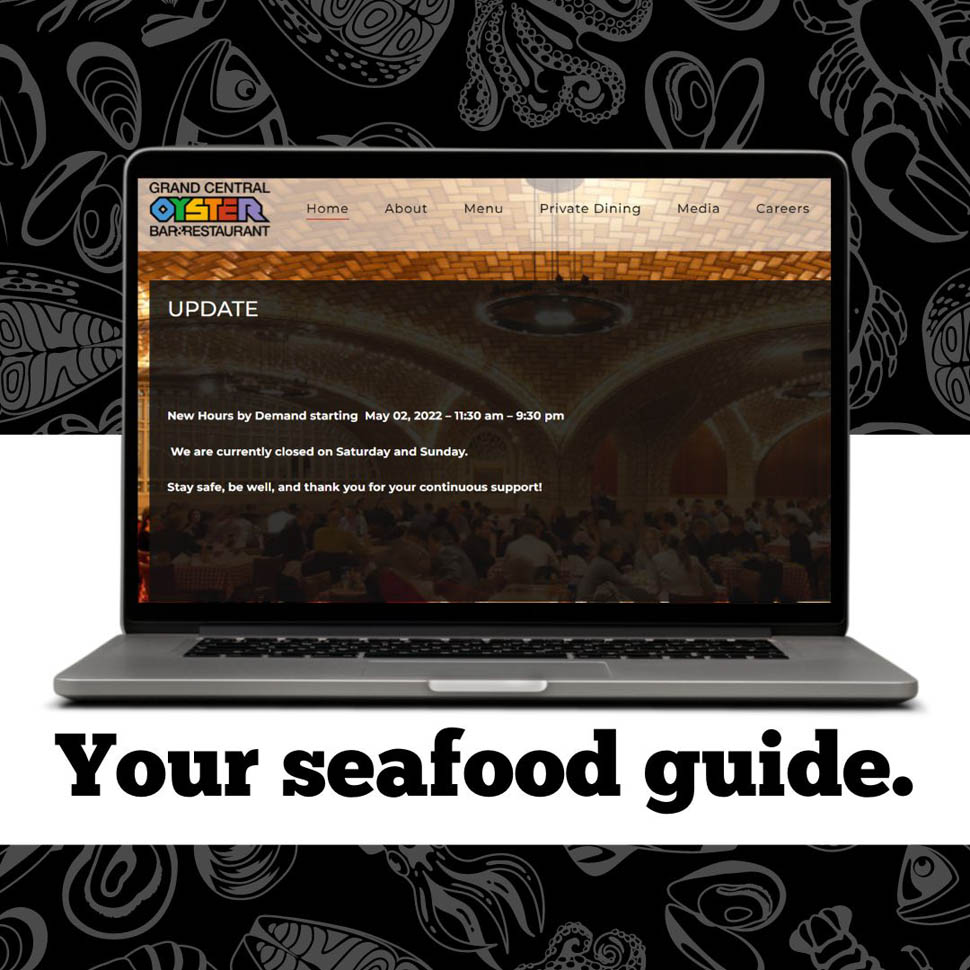
Menus, after all, are not simply lists of dishes. They tell stories, convey messages, and sometimes issue warnings. At Harry's Bar in Venice, customers were once warned not to abuse intense perfumes and warned that cigar smoke could compromise the cooking of risotto. Today, in the age of ubiquitous smartphones, the new warning is about phones, accused of distracting to the point of ruining the dining experience.
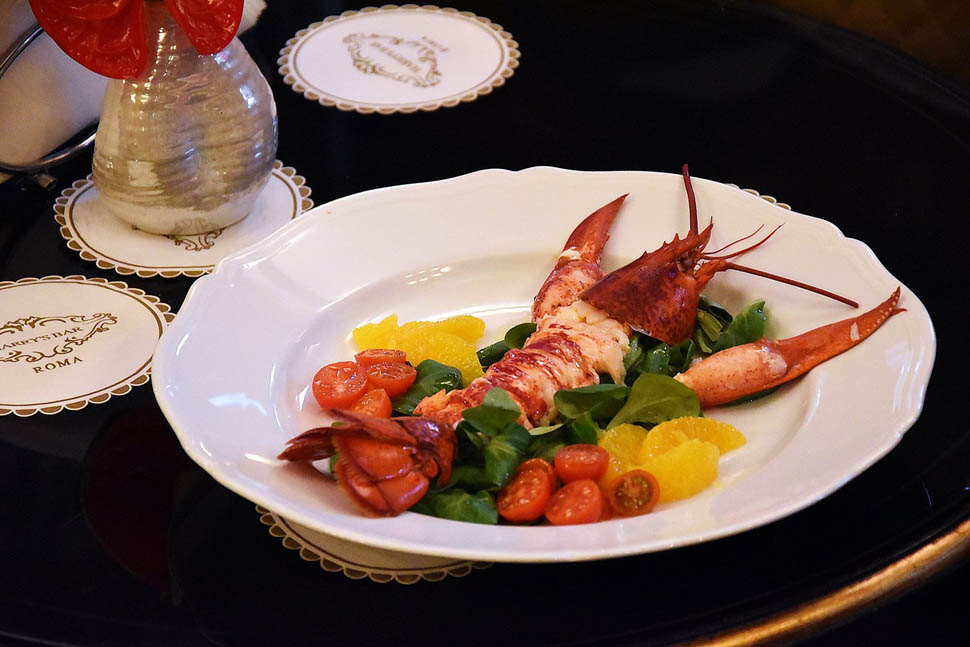
Some restaurants have abolished the traditional menu altogether. In Tokyo, Stella recounts dining at a restaurant without a list of dishes: ingredients were displayed on a pyramid and customers chose by sight, while cooks-dressed like samurai and armed with long chopsticks-announced selections loudly, turning the meal into a spectacle. A more popular version of the same concept was held in Bangkok: an open-air fish market, where fish and shellfish were purchased to be cooked on the spot according to the customer's instructions.
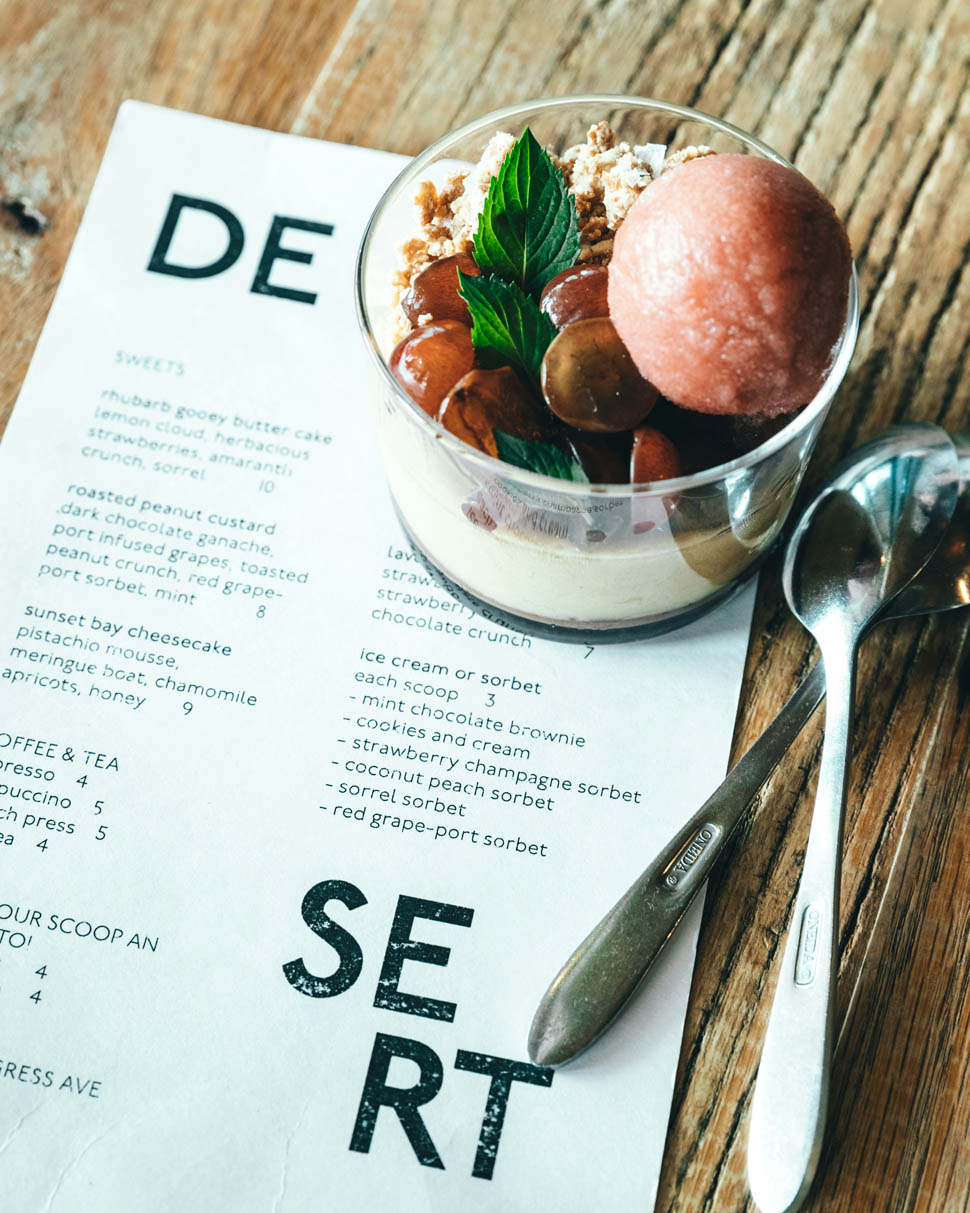
Once upon a time, the menu began with the item "bread and cover," a practice now poorly tolerated and dying out, although some restaurants proudly point out "cover: 0.00 euro." Another vanished tradition, he notes, is that of the "blank menu ” for ladies in upscale restaurants: without prices, to leave the knight with the burden of the bill. An unthinkable practice today, swept away by indignant reactions and lawsuits.

Meanwhile, descriptions have become increasingly redundant. The era of the simple “Cotoletta alla Milanese” is over: today we read pompous descriptions such as “La Cotoletta alla Milanese” or “Spaghetti di Gragnano IGP trafilati al bronzo con pomodoro San Marzano dell'Agro Sarnese-Nocerino DOP.” Every ingredient is ennobled, every preparation romanticized. Yet there are those who rebel against this literary drift: some restaurateurs are returning to simplicity, narrating the menu verbally, relying on the expertise of the wait staff.
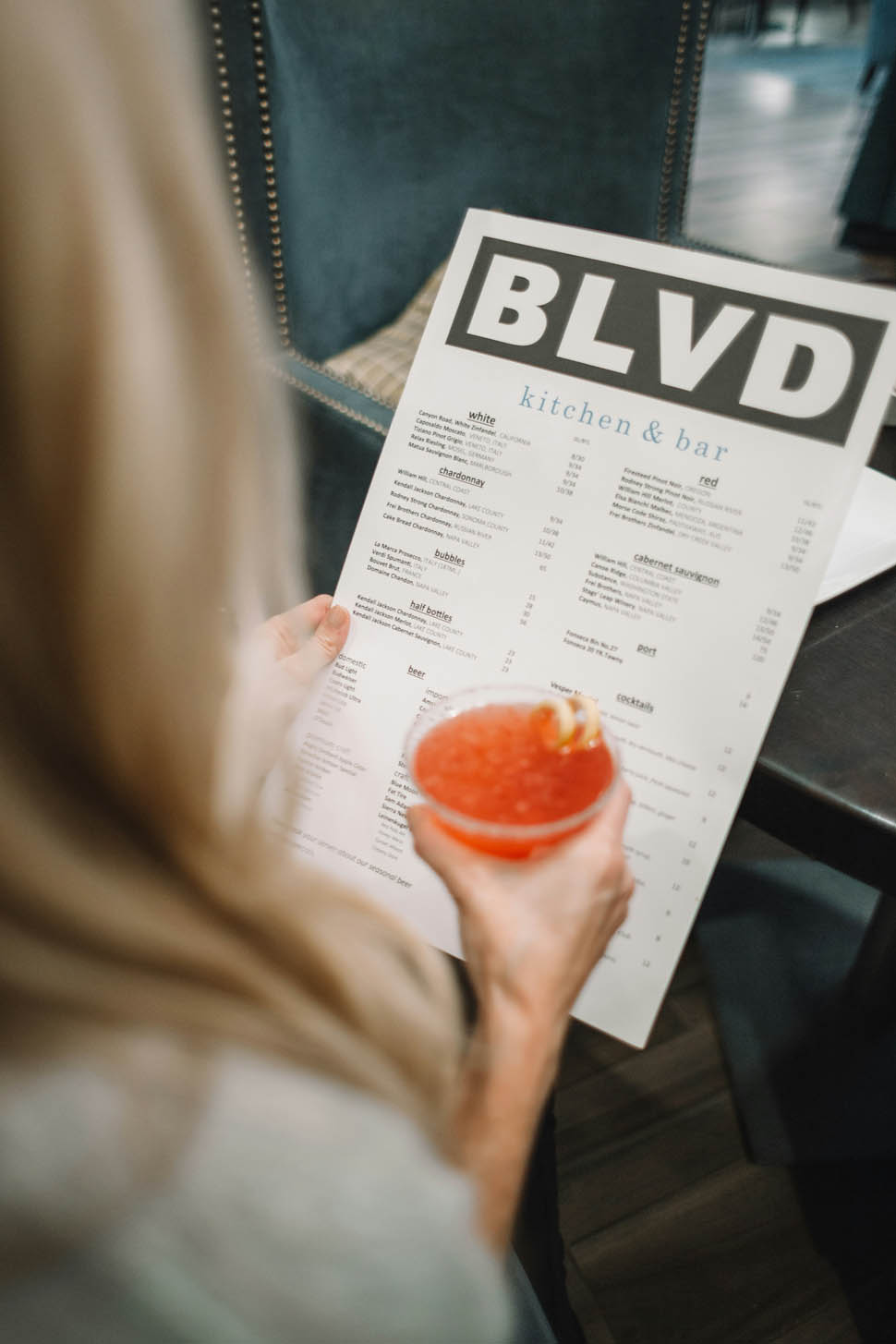
But what, after all, is a menu? The word comes from the French “minuta,” an essential list, not a novel one. Its origins are intertwined with the emergence of modern dining in France after the Revolution and the spread of the nineteenth-century bourgeoisie. Perhaps the most famous menu in history remains the one served on the last night on the Titanic, April 14, 1912: filet of turbot, eggs à l'Argenteuil, chicken à la Maryland. A piece of history auctioned off for astronomical sums, a witness to a time when gastronomy was the privilege of the few.
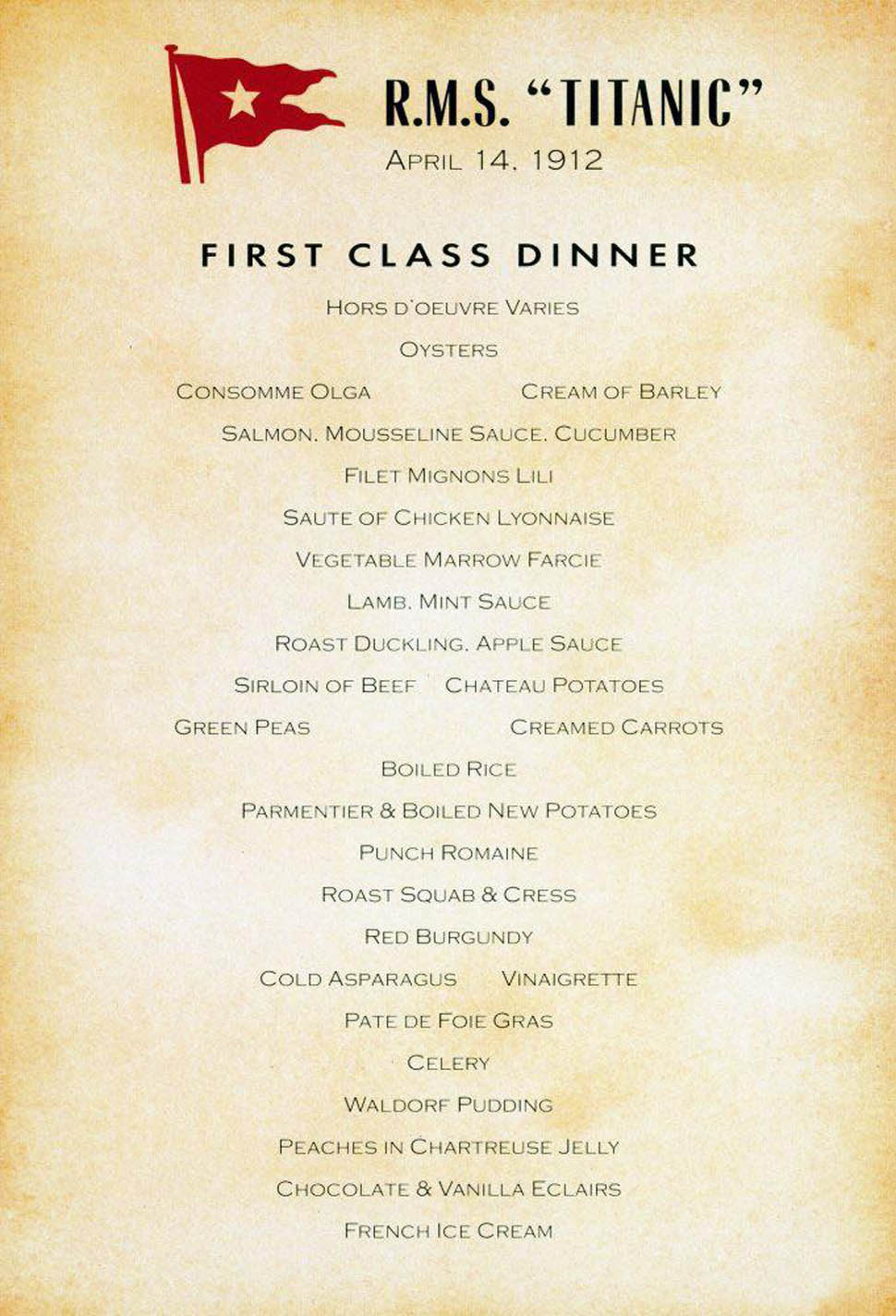
Today menus are digital, searchable with a QR code. But flipping through a paper menu, reading its printed words, remains an irreplaceable pleasure. Because, after all, the menu is already a taste of the meal, and every great story always starts with the right words.

